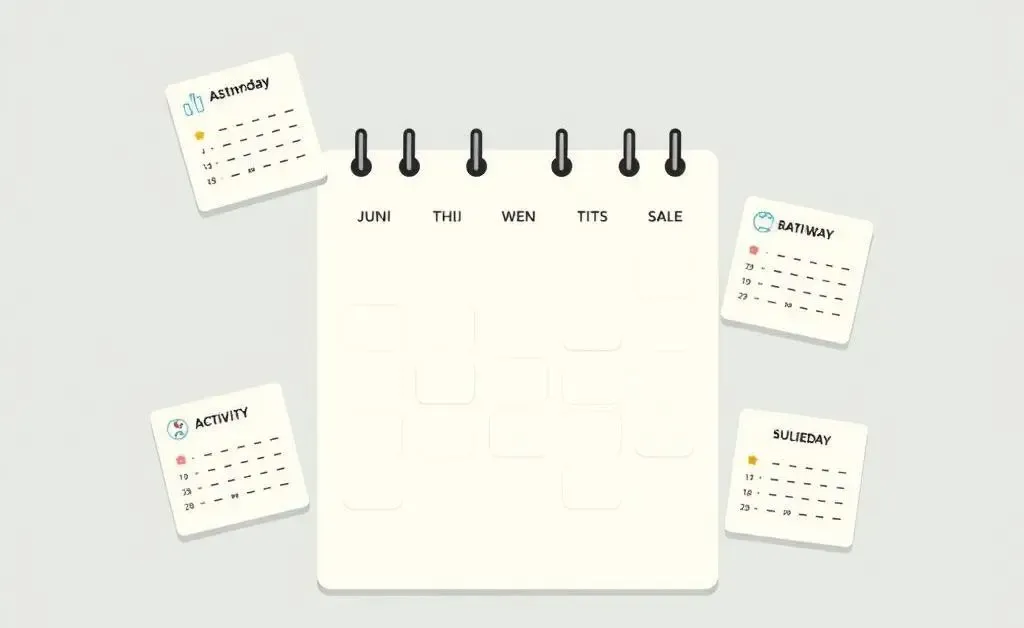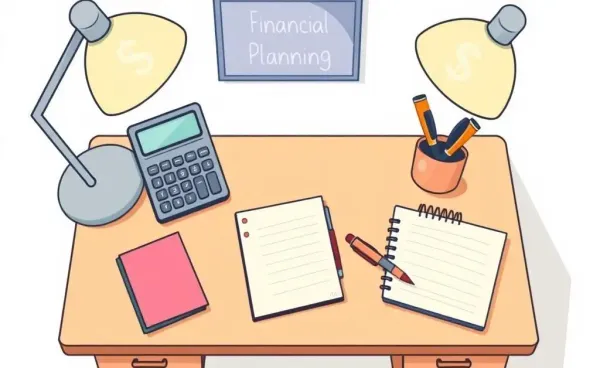Mastering the Delicate Balance of Work-Life Harmony
Discover tips for achieving work-life balance through prioritization and flexibility.

Have you ever felt like you're juggling too many responsibilities at once? Imagine slipping on a banana peel while crossing a balancing beam—chaotic, right? This is how maintaining work-life balance can feel. But fear not, achieving this balance is within reach with a bit of strategy and conscious effort.
Why Is Work-Life Balance Important?
A harmonious work-life balance is essential not just for your sanity but for a happier, more productive life. Without it, stress levels rise, health deteriorates, and relationships suffer. Let’s start by acknowledging that we all have multiple roles to play: an employee, a parent, a friend, a volunteer, and many more. Balancing these roles requires skills such as prioritization, setting boundaries, and flexibility.

The Magic of Prioritization
Picture this: You're at the office, facing a mountain of tasks. Panic starts to creep in. Instead of drowning, take a breath and begin prioritizing. What's urgent versus important? It's the age-old question that helps streamline your focus.
Here's a simple method that can work wonders:
- List all current tasks.
- Identify deadlines and consequences.
- Group by priority level—urgent, important, and optional.
- Tackle them in order of both urgency and impact.
Seizing Flexibility
Flexibility might just become your new best friend. I remember my friend Clara, who negotiated a more flexible schedule to accommodate both her job and her burgeoning art hobby. By shifting her hours and sometimes working remotely, she managed to fuel her passion without sacrificing her career. Flexibility allows you to respond adaptively to life’s changing demands.

Practical Steps to Improve Work-Life Balance
So, how can you implement these ideas effectively? Start small. Begin by setting clear boundaries—literally and metaphorically. Commit to leaving work at work, where possible. Create a workspace that invites focus when needed and relaxation after hours.
Consider these action points:
- Set realistic daily goals to avoid burnout.
- Designate 'unplugged' time each day to focus on family and hobbies.
- Communicate openly with coworkers about work boundaries.
The Final Takeaway
Balancing work and life is a journey, not a destination. Don’t be too hard on yourself as you strive for harmony. Remember, each small step brings you closer to a balanced existence.

So, what's your current work-life balance gap? Could shifting a few priorities make a notable difference? Let us know in the comments how you tackle finding your equilibrium!




